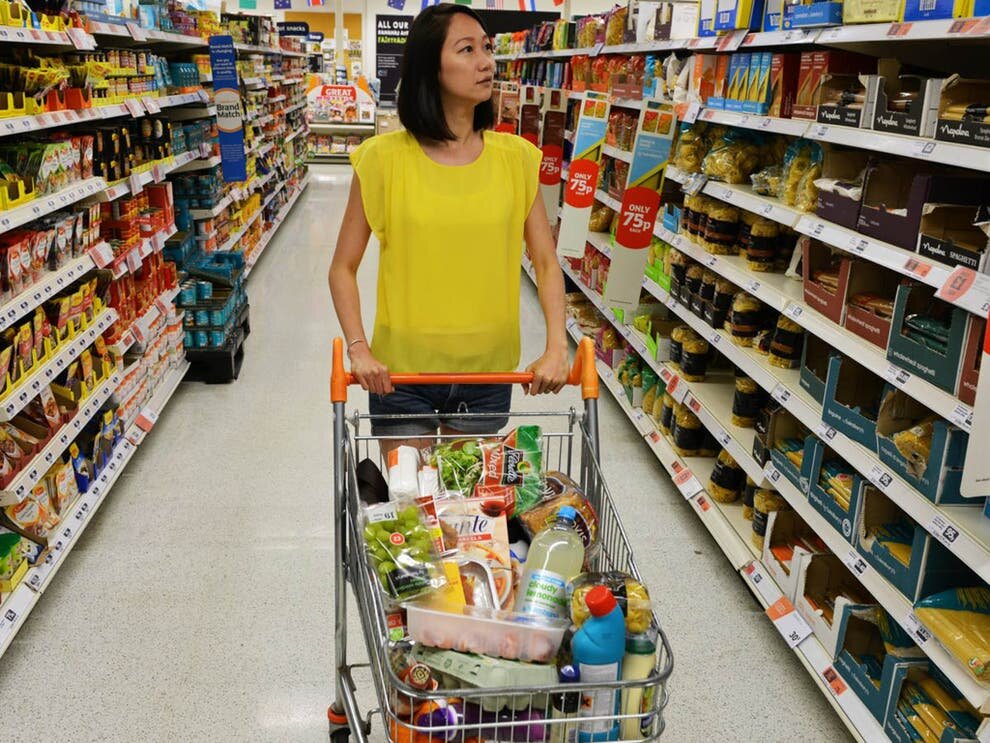WHY FOOD LABELS ARE TOO COMPLICATED FOR SHOPPERS
Photo: pexels.com
We know we should be healthy and make sure we get the nutrients we need – but what exactly are those?
Think back to the last time you went food shopping, did you check the labels for nutritional information? If you did, chances are it still felt tricky to know exactly what was in your food: how do you decide between a can of soup that has “reduced sodium” and one that’s labelled “low sodium” – and what’s the difference?
Indeed, our latest research shows that many shoppers find food labels confusing and this is actually leading to a lot of people not really understanding what they’re eating.
So while most people are aware a healthy diet involves eating a variety of nutrients in differing quantities, it’s less well known what these nutrients should be, and how much a person should be consuming.
Research from 2018 shows that half of all the food bought by families in the UK is now “ultra-processed”. So rather than fresh home-cooked meals, a lot of us are eating food made in factories with industrial ingredients and additives – that bear little resemblance to food in its natural state.
Empowering people to make good decisions at mealtimes starts with shoppers knowing what’s in the food they’re buying.
And food labels play a role in this – but manufacturers need to present this information in clear and easy to understand formats to be useful – as most people don’t have hours to mull over the ingredients of a ready meal.
In the UK, the Food Standards Agency regulates the use of food wording and claims – such as “high in fibre” or “low in salt”. For a cereal to be classed as high in fibre, for example, it needs to have about 30 per cent of the recommended daily fibre intake.
Food manufacturers and supermarkets have made attempts to simplify complex nutritional information. But as our research shows, many people still find food labels confusing – and tend to overestimate how much fibre a “high fibre” food actually provides. People in our study also overestimated how much fat a label like “low fat” might refer to – though to a lesser extent.
Lack of consistency
This confusion around what labels mean may stem from the fact that categorisation guidelines differ from nutrient to nutrient – demonstrating the complexities of nutrition science.
Some guidance is available on how label categories should be understood, but the rules are complicated and hard to remember. Combine this with the multitude of choices that confront shoppers in supermarkets, and it’s easy to see why so many people struggle to fully grasp what the labels are saying.
Another issue is that there isn’t a consistent system for food labelling in the UK. Shoppers have to compare across words and numbers to make a food choice – how do you quickly choose between a “low fat” cereal and one with “5 per cent of your recommended daily allowance of fat”? Comparing different nutrients on the same box is also a problem.
Healthy eating is not just about reducing consumption, but also getting sufficient nutrition. It’s already known that most people in the UK do not get enough fibre in their diet – and believing foods offer more fibre than they do could be a contributing factor.
And although overestimating quantities of fat may seem like a good thing if it reduces consumption, research shows that a “low fat” label can, for some people, seem like a licence to eat more. Ultimately, there are many ways food labels can lead shoppers astray.
Food for thought
Standardising the way nutrition is communicated across all packaged foods would help. And mandating a “traffic light” format on all products would eliminate the need to compare one item with words and another with numbers.
The other challenge is what numbers should be attached to words like “low”, “medium” and “high”. The current traffic light labelling system counts how many grams of nutrients are in the food, but claims like “high protein”, counts the percentage of protein. A better system would be to translate words into a food’s percentage contribution to their recommended daily allowance (RDA). This could help to reduce confusion since RDA percentages are consistent for different nutrients, and people understand the percentage of RDA more easily than absolute amounts.
Effective legislation for food labels is a challenge because it needs to balance the complexity of nutrition science with the psychology of communicating information. Current guidelines have made great strides in simplifying and distilling this information. And the next step is to harness the psychology of how people interpret information – so that what’s on food packets actually make sense to shoppers in the supermarket.
Source: INDEPENDENT
Author: Dawn Liu


